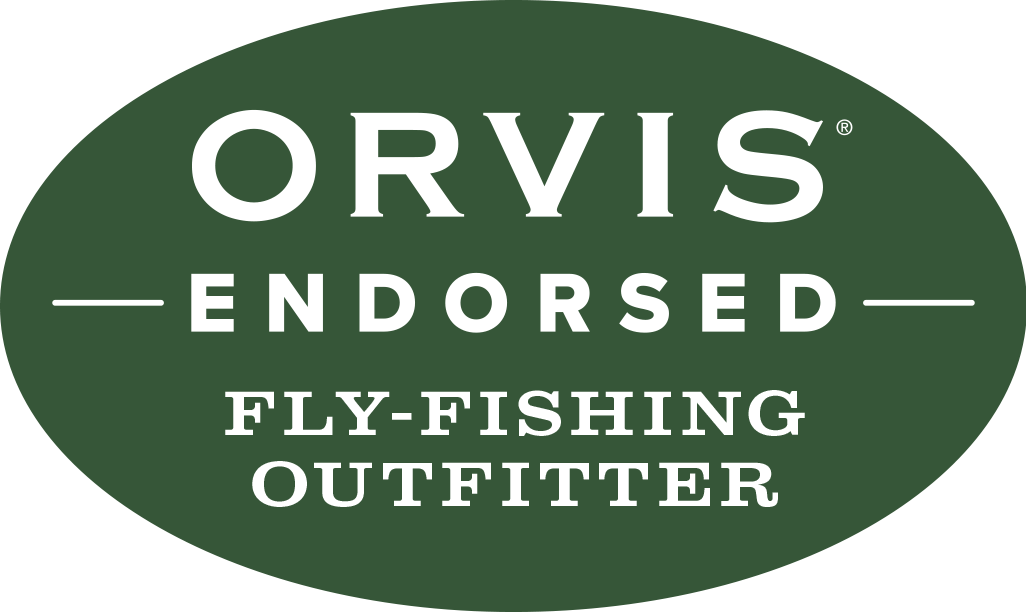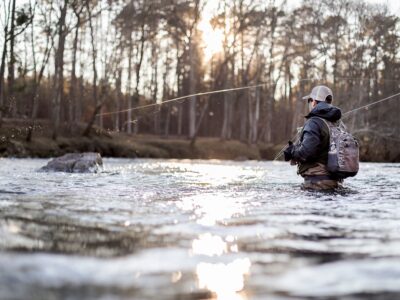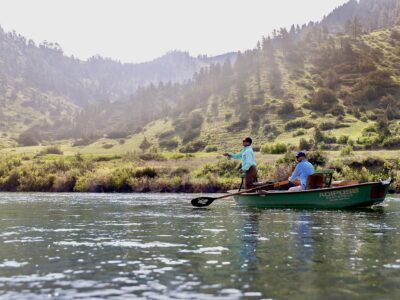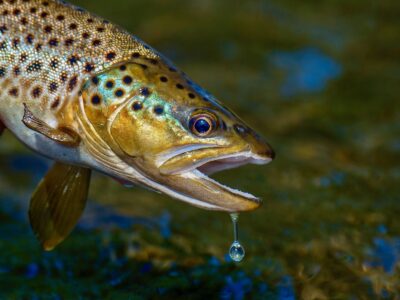Montana is renowned for its world-class fly fishing opportunities, with endless miles of rivers , lakes and reservoirs. Montana is a true paradise for fly anglers.
Dearborn River
The Dearborn River – A Hidden Gem The Dearborn River begins its journey in the Scapegoat Wilderness. The River is approximately 70 miles long and fed by several smaller streams along its course. Its pristine water, stunning scenery, and excellent trout fishing make it a must-visit destination for anyone who loves the outdoors. Floating the …
The Land of the Giants
If you’ve ever dreamed of targeting big trout in a stretch of river that lives up to its name, the Land of Giants (LOG) below Hauser Dam on the Missouri River should be on your radar. This legendary stretch is a highly productive tailwater that flows north through a steep canyon before emptying into Holter …
Fly Fishing the Missouri River
The Missouri River isn’t just a fishery; it’s an experience. From its bug-rich waters to its striking landscapes, this tailwater exemplifies what makes Montana’s fly fishing so legendary. Formed at the confluence of three famous rivers—the Madison, Jefferson, and Gallatin rivers—its size and grandeur are matched only by its significance in history, as it played …
Clark Fork River
Fly Fishing the Clark Fork The Clark Fork River is a tributary of the Columbia River and runs for over 300 miles through western Montana. It is home to a variety of fish species, including rainbow trout, brown trout, cutthroat trout, and mountain whitefish. The river is surrounded by beauty, with the Cabinet Mountains to …




